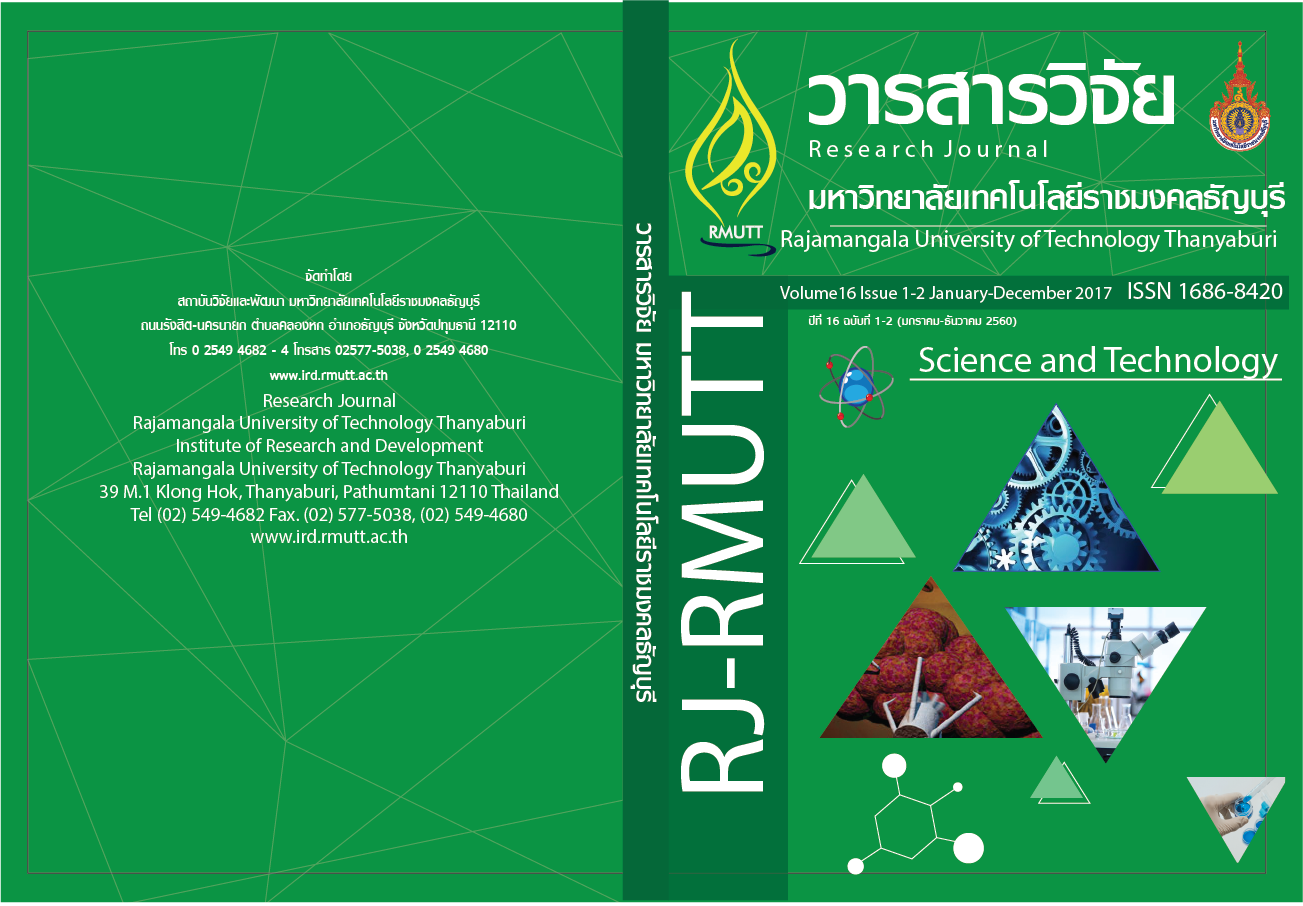Development of technique for screening liquids in glass bottle using low energy X-ray transmission
Main Article Content
Abstract
Since August 2006 after the discovery of terrorists’ attempts to explode airplanes with liquid explosives in United Kingdom, each airline passenger is allowed to carry only a maximum of 100 ml liquid in each container and a total of not more than 1,000 ml in carry-on luggage. This measure was adopted to prevent bringing sufficient amount of fuel oil, alcohol, hydrogen peroxide or other flammable and explosive liquids into the aircraft. In this research, X-ray transmission technique was experimentally investigated using low energy X-rays between 13.6 – 43.5 keV emitted from 238Pu radioisotopic source and linear attenuation coefficient of liquids were calculated. The results indicated that the technique could clearly distinguish water, alcohol and fuel oil while its sensitivity is dependent upon radiation energy and diameter of the bottle. Other kinds of liquid are also tested. For example, linear attenuation coefficient of water based liquids at 43.5 keV are more than 2.2 cm-1 while flammable liquids are less than 2.0 cm-1. This technique is possible to employ the technique for screening bottled liquids contained in unopened bottles at airports.

